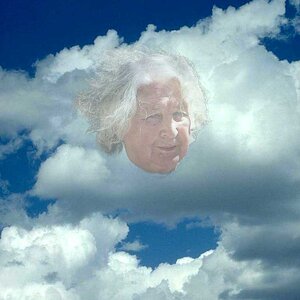Compaq
Been spending a lot of time on here!
- Joined
- Aug 29, 2010
- Messages
- 3,400
- Reaction score
- 657
- Location
- Norway
- Can others edit my Photos
- Photos OK to edit
======================================================================================
TL;DR
I mostly shoot landscapes, and I need a new camera system from scratch. Brand does not matter. I want an ultrawide zoom lens (ala Tokina 11-20 f/2.8) and a camera body that is good for photography (not vid) and that gives good IQ (compared to my old Canon 40D). Good ISO performance important. Total cost not more than $1500. Easy to adjust camera also important, but not worth an extra $400. Wireless connectivity a plus. Whichever system (mirrorless, DSLR, APS-C, FF, whatever) that fulfills my needs for the least amount of money is the winner.
======================================================================================
I have recently moved to Tromsø, Norway, and this has sparked my photography interest again. The nature here is fantastic, and I see possible photographs around every corner. But a few years ago I threw away my old and failing Canon 40D and sold my Tokina 11-16 f/2.8. What I have left is a borrowed Canon 45oD, a kit lens whose autofocus no longer works, and a small collection manual focus lenses for my analog Canon SLR, most around 50mm. So, I really want to get a new camera system.
I have made some reflections concerning my future camera system, and hopefully this will help all of you kind people understand my needs.
I would really appreciate anyone who is able to provide some suggestions based on experience here. The zoo of camera equipment is growing larger, it seems, and when I've been out of the game for a few years it becomes difficult and time-consuming to properly orient myself.
My own opinion right now is that I buy an entry level DSLR + Tokina 11-20 f/2.8 + a normal zoom f/2.8 or f/4 lens.
TL;DR
I mostly shoot landscapes, and I need a new camera system from scratch. Brand does not matter. I want an ultrawide zoom lens (ala Tokina 11-20 f/2.8) and a camera body that is good for photography (not vid) and that gives good IQ (compared to my old Canon 40D). Good ISO performance important. Total cost not more than $1500. Easy to adjust camera also important, but not worth an extra $400. Wireless connectivity a plus. Whichever system (mirrorless, DSLR, APS-C, FF, whatever) that fulfills my needs for the least amount of money is the winner.
======================================================================================
I have recently moved to Tromsø, Norway, and this has sparked my photography interest again. The nature here is fantastic, and I see possible photographs around every corner. But a few years ago I threw away my old and failing Canon 40D and sold my Tokina 11-16 f/2.8. What I have left is a borrowed Canon 45oD, a kit lens whose autofocus no longer works, and a small collection manual focus lenses for my analog Canon SLR, most around 50mm. So, I really want to get a new camera system.
I have made some reflections concerning my future camera system, and hopefully this will help all of you kind people understand my needs.
- I am not loyal to just one manufacturer. I don't care about the name of on my equipment, as long as it works and does what it's supposed to. I'd happily mix and match brands.
- I am not an award-winning photographer* who make a living off of photography, and so I do not need the best of the best. I simply want to take photographs that I like. While I of course feel the inner need for L glass, my rational self sits on my right shoulder and says that third-party lenses are more than good enough.
- Selling my Tokina 11-16 f/2.8 (to afford going on vacation to California) was a tough decision, because I really liked that lens! Therefore I am going to buy a ultrawide zoom lens, preferably with a large, constant aperture, regardless of which camera system I end up with. We have months of darkness and northern lights in Tromsø, and I really want to take some spectacular photographs of the northern lights and of the night sky. The ultrawide perspective is just sooo awesome, in my opinion.
- I really value a camera where I easily can make my exposure adjustments. I am used to the Canon 40D, which has a large thumb wheel on the back, a joystick on the back, another wheel on the top, and a small screen that shows some key settings. This camera was just so easy to use. I bought this used quite inexpensively, but of course the 40D was an expensive camera in its day, on par with the Canon 80D/6D today. To get the same button layout, I would need to enter the semi-pro market, and that costs money. However, being 9 years old, the 40D would most likely be beaten by virtually all DSLR on the market today as far as image quality goes. Therefore, I am willing to swallow a few camels, and get a camera with no secondary screen and no thumb wheel, as long as the image quality is good. Perhaps there are cameras out there with a clever way of quickly adjusting things with just one wheel and a few buttons?
- I don't really want to spend too much money on photography equipment (at least not in one go). I would say that my budget is around $1000 to $1500, body and ultrawide lens included. If a kit lens is included here, then Yay! If not, that's okay.
- I am not interested in videography.
- In this day and age I would like to connect my phone to my camera to remotely control it. Then I don't need a cable release for long exposures (I am assuming, surely this is implemented in the apps, right?).
- If I can get a camera with lots of AF points and in-body stabilization, then yay! But if not, then that's fine. For landscapes I would mostly use hyperfocal focusing with my (ultra)wide, and for portrait-like photographs I have made due with the center focus point before.
- Full-frame, APS-C, or MFT? From what I can see, ultrawide zoom lenses are much less expensive for APS-C sensors than for full-frame and MFT (at least for Canon, which is the only brand I have checked). For FF, I would need to get the 16-35 f/2.8L if I want a fast one, and that just completely blows my budget. Probably a lovely lens, though. Options for MFT seem limited, and they do not really go as wide as I want, which is 16mm (35mm eq.). Therefore it seems I can save a lot of money going for APS-C sensors and DSLRs. I do love the smaller size of MFT mirrorless cameras. Since I don't really need AF on the ultrawide, then an adapter from Canon EF-S to Sony E could make me use the Tokina on a Sony A6000, but to control the aperture I think I need to also invest in a half-decent adapter.
- I'd happily buy glass used, but I may sleep easier at night if I buy the camera body new, due to the insurance.
I would really appreciate anyone who is able to provide some suggestions based on experience here. The zoo of camera equipment is growing larger, it seems, and when I've been out of the game for a few years it becomes difficult and time-consuming to properly orient myself.
My own opinion right now is that I buy an entry level DSLR + Tokina 11-20 f/2.8 + a normal zoom f/2.8 or f/4 lens.


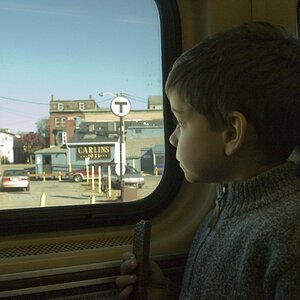

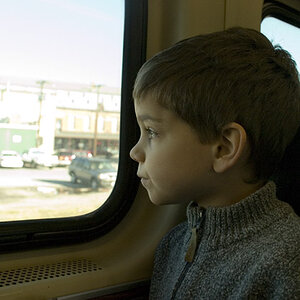

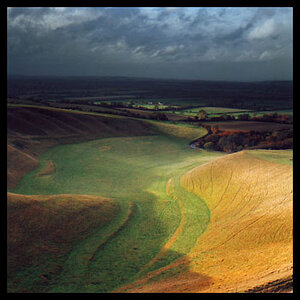
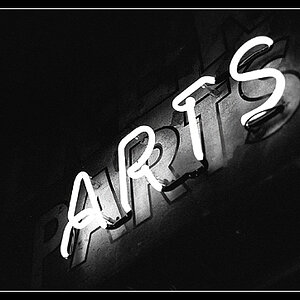

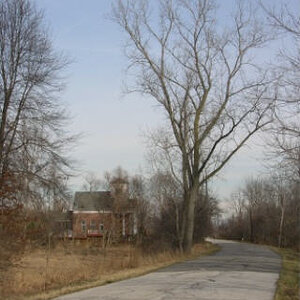
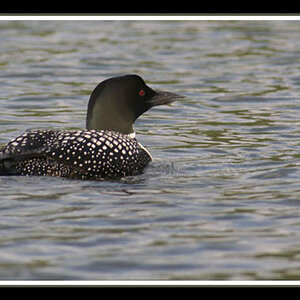

![[No title]](/data/xfmg/thumbnail/38/38732-8364f5190d3f325e8ee02d23404a610c.jpg?1619738703)
